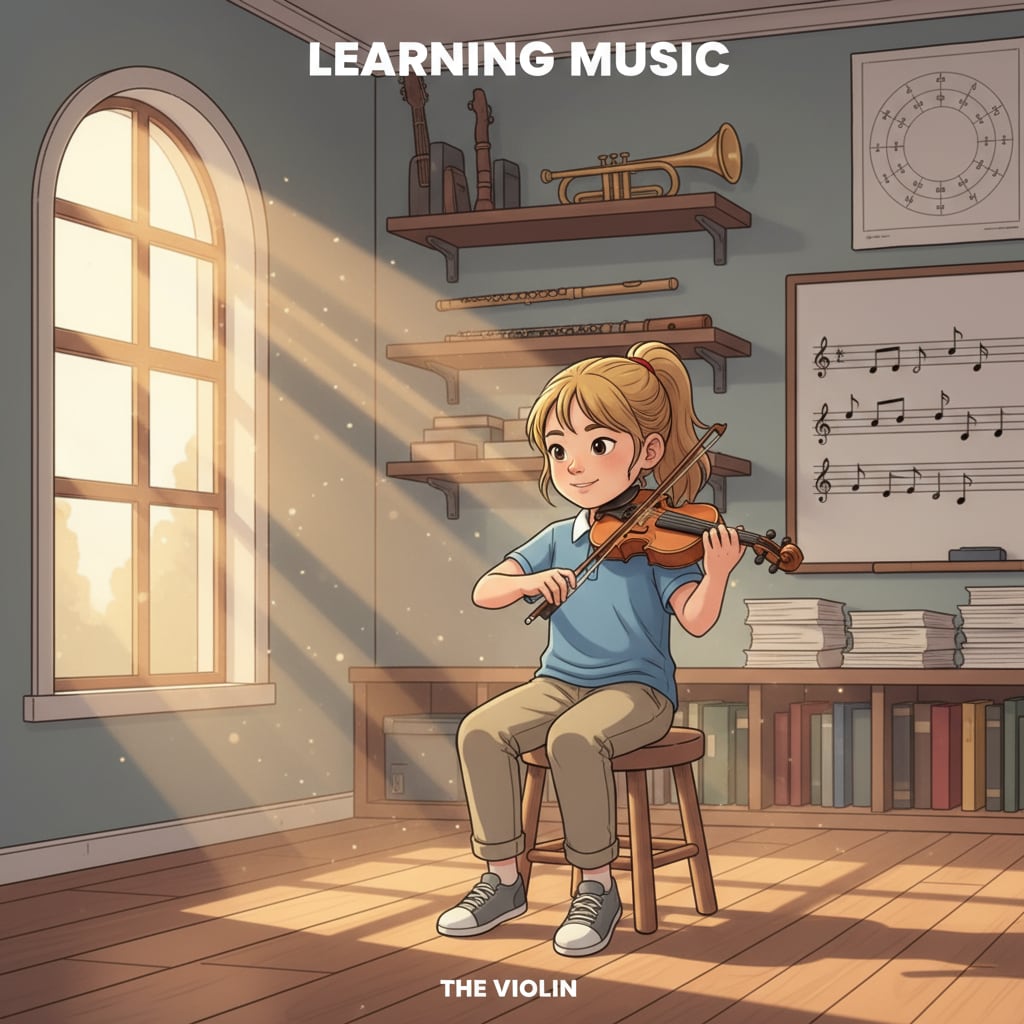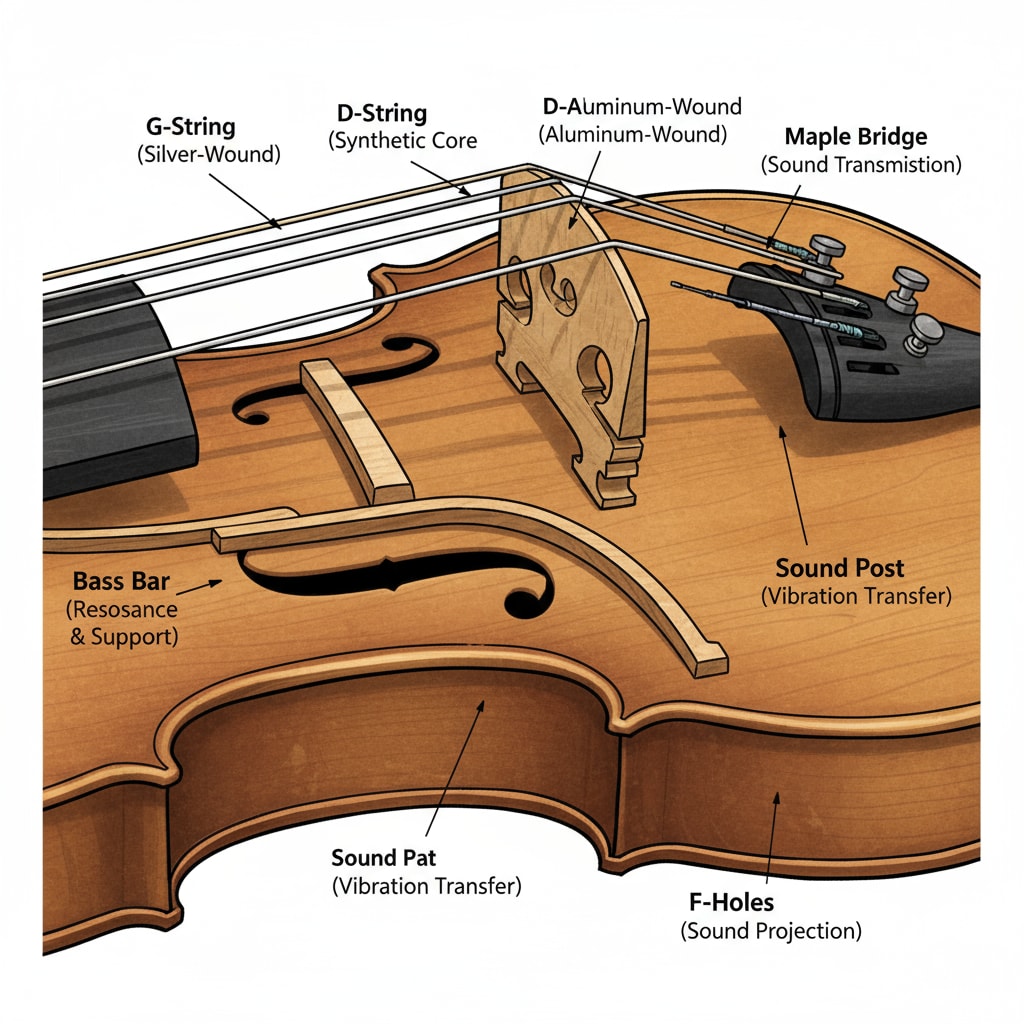The similarities between violin sounds and human cries have long intrigued listeners. This unique connection not only offers a musical curiosity but also reveals profound insights into the emotional landscape of art education. One day, while in school, I heard what I initially thought were cries coming from upstairs. However, upon closer inspection, I realized it was the sound of a violin being played. This simple misunderstanding set me on a path to explore the deeper meaning behind the resemblance between these two auditory experiences.

The Acoustic Connection
The violin, with its rich and expressive tones, has the ability to mimic the nuances of human vocalizations. The way the strings vibrate and the sound resonates through the instrument can create a timbre that is strikingly similar to the pitch and inflection of a human cry. For example, the high, plaintive notes of a violin can evoke the same sense of sadness and longing as a person’s sobs. This acoustic similarity is not a coincidence but rather a result of the instrument’s design and the skill of the player. According to Wikipedia’s entry on the violin, the instrument’s construction and the way it produces sound allow for a wide range of emotional expression.

The Emotional Impact
This resemblance between violin sounds and human cries has a powerful emotional impact on listeners. It can stir up deep emotions and memories, evoking feelings of empathy and connection. When we hear a violin playing a sorrowful melody, we are often transported to a place of shared emotion, as if we are experiencing the pain or sadness ourselves. This emotional resonance is a testament to the power of music to communicate on a level that transcends words. As stated in Britannica’s article on music, music has the ability to touch our hearts and souls in ways that other forms of art cannot.
In the context of K12 art education, this connection between the violin and human cries takes on even greater significance. It highlights the importance of music in developing students’ emotional intelligence and empathy. By exposing students to the emotional depth of music, educators can help them learn to recognize and express their own feelings, as well as understand the emotions of others. Through playing the violin or listening to its music, students can gain a deeper appreciation for the power of emotional expression and the role it plays in our lives.
Readability guidance: The use of short paragraphs and lists helps to summarize key points. Each H2 section provides a focused discussion, and the passive voice and long sentences are kept to a minimum. Transition words are used throughout to enhance the flow of the article.


